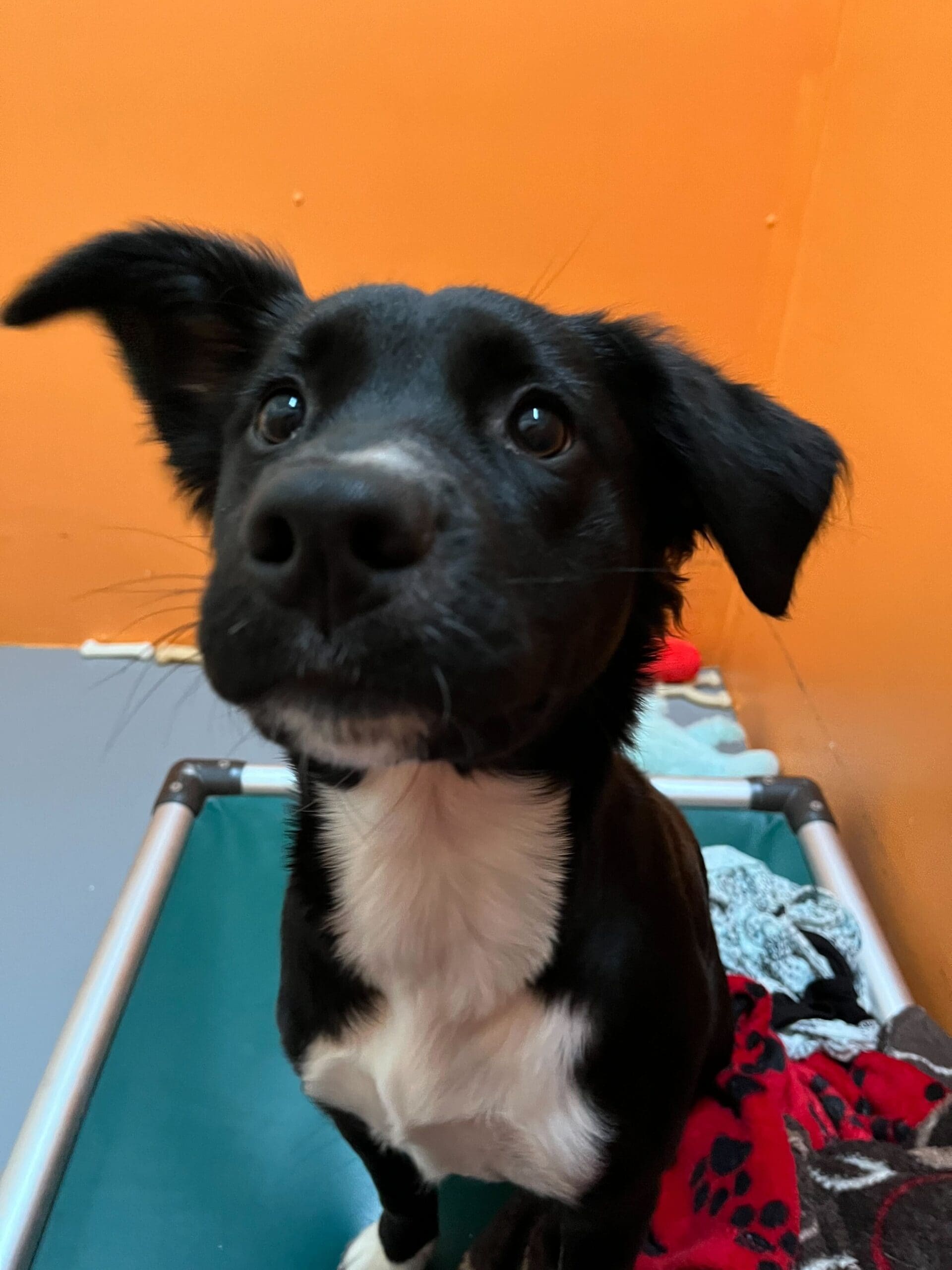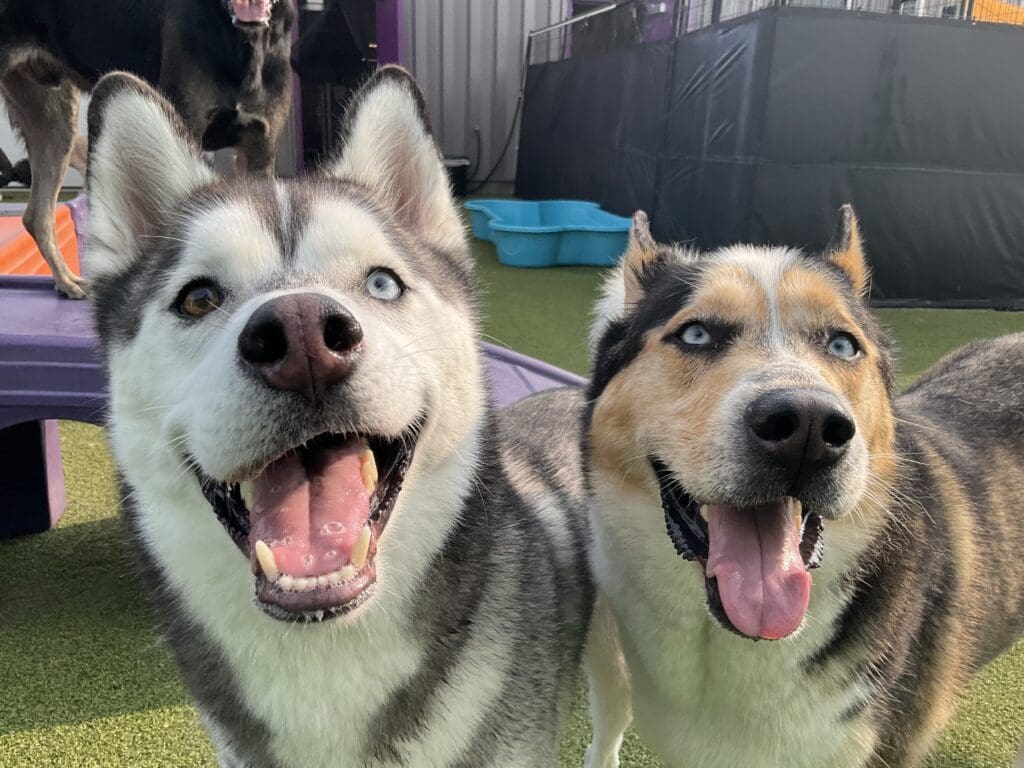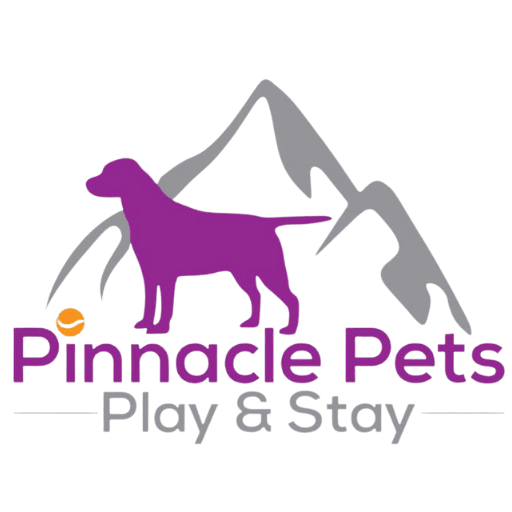Canine Bloat (Gastric Dilation and Volvulus)

What is it? Canine Bloat and Gastric Dilation and Volvulus (GDV) are sometimes used interchangeably to describe a condition that is a genuine veterinary emergency. Bloat occurs when the stomach, which is connected to the esophagus on the top and the intestines on the bottom, flips over on itself, causing a lack of circulation to part of the stomach and/or intestine. The stomach creates gas that cannot come out up or down and thereby causes pressure on the upper abdomen. Specifically, it presses on the diaphragm making it difficult to breathe. In addition, it hinders the heart from pumping blood to the rest of the body. Frequently this leads to a state of shock and even death within hours of onset. The prognosis improves with quick veterinary intervention to deflate the stomach and untwist the bowel. However, even with surgical intervention, it has a fatality rate of 10-30%
The top three most common breeds of dogs to get Bloat are Great Danes, Saint Bernards, and Weimaraners. In fact, Great Danes have a 40% risk of getting bloat in their lifetime. While it is most found in larger, barrel-chested dogs (including standard poodles, German Shepards, Labradoodles, and Labrador retrievers), small dogs like chihuahuas are susceptible to bloat. The incidence of bloat is more common in male dogs than female dogs. Dogs that are underweight or overweight are at a higher risk, so it is crucial to maintain your dog’s healthy weight. High-strung dogs have a higher risk than dogs that are calmer in nature. Age is also a factor. Older dogs have a higher incidence of bloat than their younger counterparts. 
What causes bloat? Veterinarians are not sure what causes bloat but believe that eating large portions of food or water quickly may increase their risk of getting bloat. Another issue that may affect bloat is exercising after eating a large meal—smaller, more frequent meals throughout the day rather than one large meal may be warranted. Using a ‘slow-feeder’ can help throttle back a speed eater, and waiting after a meal before exercising may decrease the risk of bloat. In addition, raised dishes should not be used as it is considered a risk factor.
How can I tell if my dog has bloat?
Bloat is a very painful condition. Hallmark signs of bloat are restlessness, panting, abdominal swelling, weakness, and respiratory difficulty. They may gag or retch but will not vomit because the stomach is blocked. Since they can’t swallow their saliva, they are likely to drool copiously. They may have a rapid heart rate and pale gums if their circulatory system is compromised. If left untreated, symptoms can progress to shock, unconsciousness, and death.
How is bloat fixed?
Surgical Intervention (gastropexy) is the only cure. A veterinarian may try to deflate the dog’s stomach by inserting a needle into it to release the trapped gas or using a tube as a temporary measure until surgery can be done. During the surgery, the stomach will be untwisted, and any dead tissue from the stomach and/or intestines will be removed. The spleen may or may not be involved. The stomach will be attached with a suture to the abdominal wall to help prevent a recurrence of twisting. Without gastropexy, the recurrence of bloat is up to 55%. Sometimes dogs with the highest risk factors will opt for a preventive gastropexy during their spay or neutering to prevent bloat. Dogs that have already been altered can still get a gastropexy done as a minor surgery through the abdomen or via the esophagus.
Canine Bloat is a true veterinary emergency. The earlier treatment can be initiated, the better the outcome. If left untreated, bloat can rapidly progress to shock and death. While the cause of bloat is unknown, some things can be done to mitigate risk, including simple feeding changes and preventative surgeries.
 Bloat is one of the biggest reasons we have someone on-site at Pinnacle Pets 24/7. Cameras cannot detect distress at night, but someone in close proximity can see or hear signs of medical distress. Outside of having someone in the building at all times with our guests, we continually educate all our team members on signs of emergency healthy concerns. We have slow feeders for dogs that guzzle their food quickly and spread out feeding and play times to create as much rest between activities as possible.
Bloat is one of the biggest reasons we have someone on-site at Pinnacle Pets 24/7. Cameras cannot detect distress at night, but someone in close proximity can see or hear signs of medical distress. Outside of having someone in the building at all times with our guests, we continually educate all our team members on signs of emergency healthy concerns. We have slow feeders for dogs that guzzle their food quickly and spread out feeding and play times to create as much rest between activities as possible.
